“Polar bears have always come into arctic settlements, but the problem is escalating...this year we had two real serious incidents. A guy was fighting off a polar bear with his bare hands, and the hunting officer was forced to kill a polar bear that was coming right at him.”
- Kaare Winther Hansen, Project Manager, WWF
Ittoqqortoormiit (pronounced it-ockor-tormit) is an isolated village on the east coast of Greenland, over 500 miles from the nearest town. There’s no airport or road access. The only way in for nine months of the year is by helicopter.
A ship comes twice a year to replenish vital supplies, including food. It’s a place of scarcity. But its beauty is supreme.
The sea ice that usually surrounds Ittoqqortoormiit for nine months of the year offers a lifeline to the town's inhabitants, who travel and hunt on it. Indigenous people in the Arctic are more dependent on hunting than in almost any other part of the world - largely due to remoteness, the absence of agriculture and the limited availability of edible plants.
But in recent years, massive fluctuations in climate mean the sea ice is freezing later and melting earlier, spelling disaster for this indigenous community and its culture. Ittoqqortoormiit is on the front line of climate change.
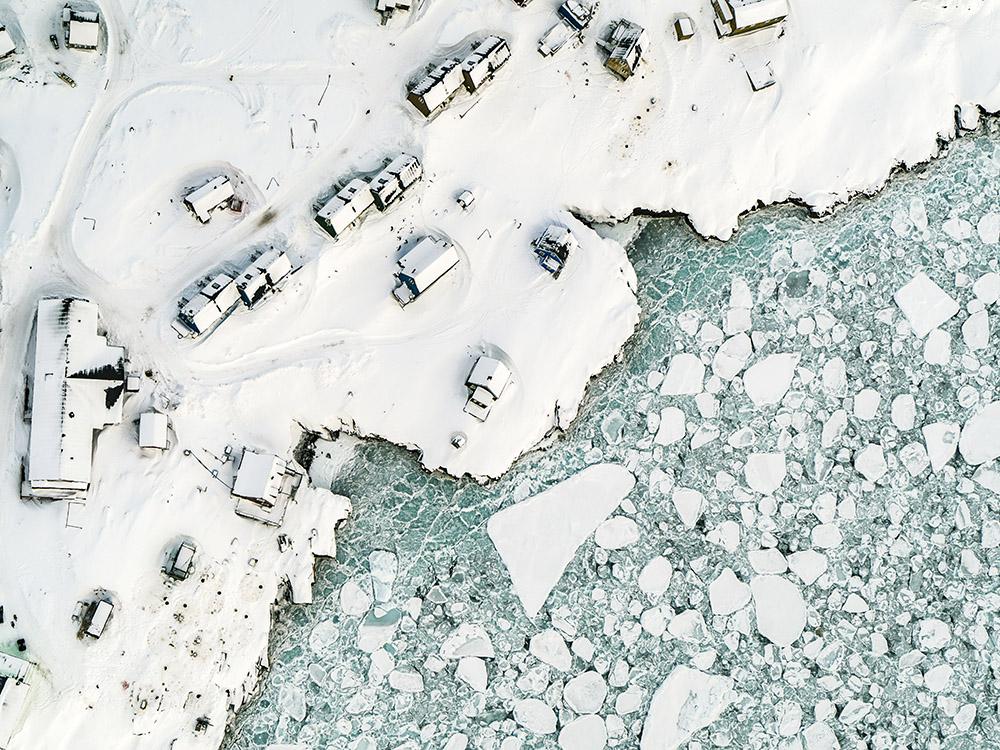
Its close-knit community has shrunk from around 500 people a few years ago, to nearer 370 today. People who were once hunters, like their forefathers, now struggle to find alternative work. Young people are forced to leave their home to find further education and jobs. The local police offer support where they can, but there are problems with alcohol and resulting violence. Suicide is high here. This is a community that is melting away.
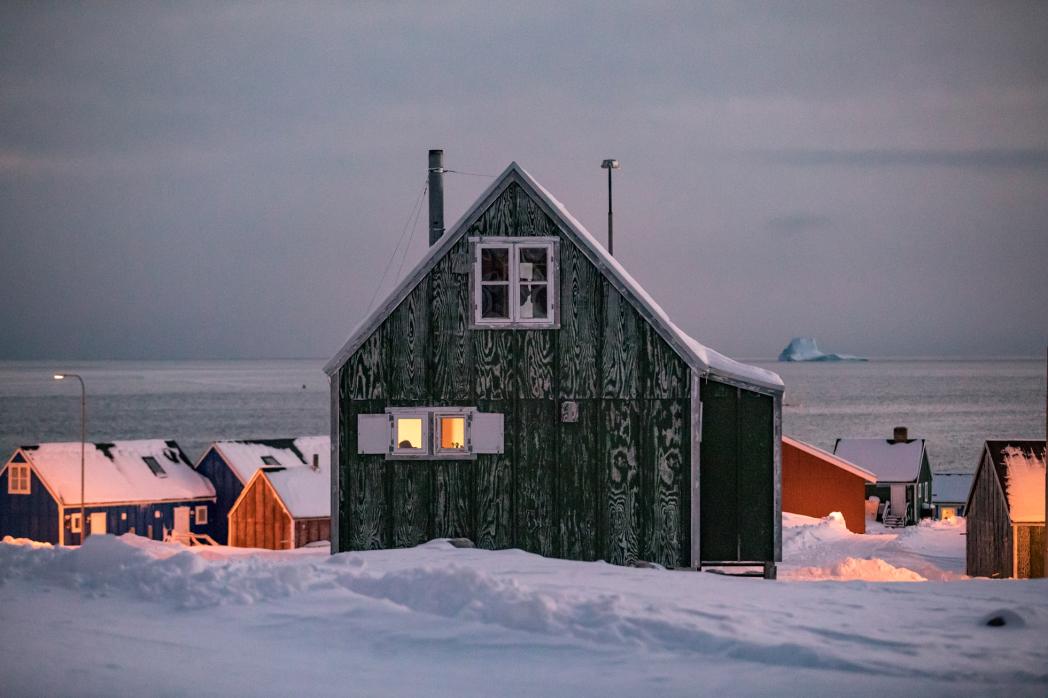
And then there’s the polar bears
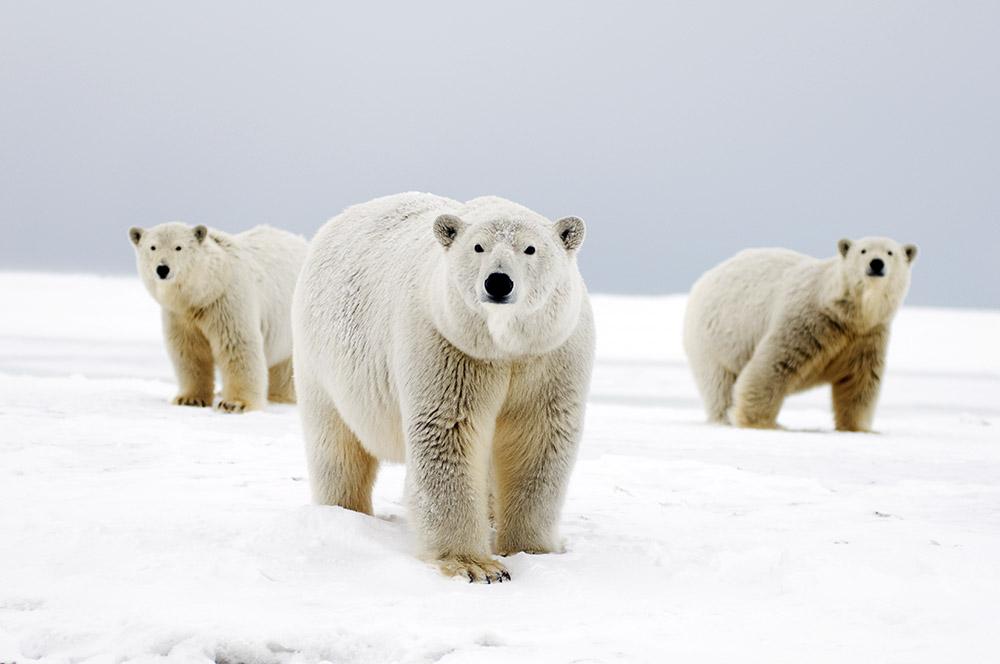
Declining sea ice in the region as a result of climate change means polar bears have changed their migration route, bringing them closer to communities. Ittoqqortoormiit is one of them.
Polar bears also rely on sea ice to hunt enough seals, and it’s nearly impossible to catch a seal in the open water. When bears have to travel further to find prey, they need to use their vital energy stores - impacting reproduction and survival rates. By 2050, global polar bear numbers may decline by 30%, and if the sea ice melts two months earlier than currently, over half of polar bear pregnancies could fail.
And so these huge predators are drawn to Ittoqqortoormiit by the smells of the settlement, posing a real threat to people.
Polar bears can weigh as much as 10 people and use their weight to smash through a metre of compacted snow to reach seal dens. They could easily kill a person.
LIVING ON THE FRONTLINE
Mette Hammeken was born in Ittoqqortoormiit and owns the only tourist office. Like many locals, she’s experienced the fear of polar bears first hand.
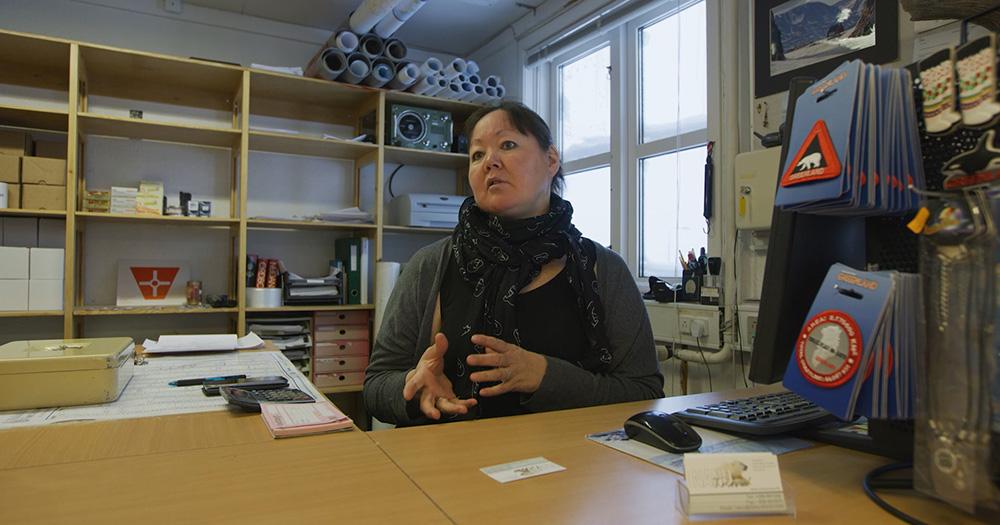
“During the winter it’s too dark in the morning to see long distance. One day my kids wanted to play in the snow before school. Suddenly I saw a man with a gun going next to my house...We had a polar bear sleeping not far away from our house while I'm sending my kids to school.”
Torbjørn Ydegaard is the village schoolmaster. Although the school receives warnings when bears are sighted, they must take their own precautions.
“In the last few years, more and more polar bears have come quite close to the village. If we go on a school outing, we have to bring protection. The teachers will bring a gun.”
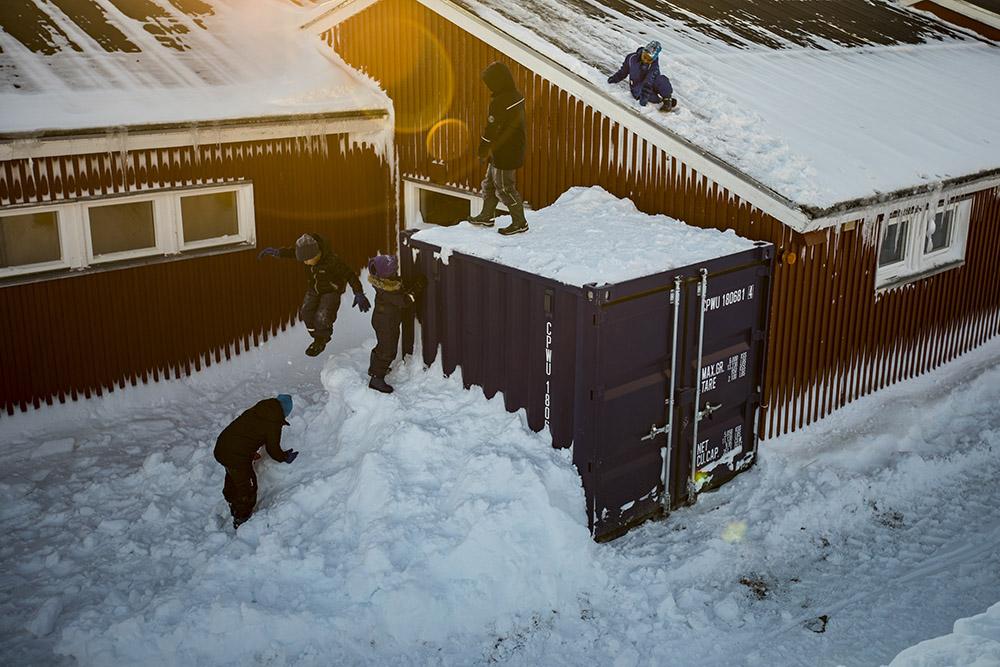
The school population has shrunk from around 130 children eight years ago to 55 today. Many children would have followed in their parents' footsteps as traditional hunters - but with less sea ice, hunting is harder and income less stable.
“A lot of the children don't know what they want to do, because there are so few jobs in town that they can watch and mirror themselves into.
They have to leave after this to continue their education – usually to western Greenland, or to Denmark.”
Once children leave Ittoqqortoormiit, few return.
Erik Pedersen has run the weather station in Ittoqqortoormiit for over 19 years, which sends a weather balloon up twice a day to measure temperature, wind speed and direction.
"I started to make my own study of how much rain and snow we get and how our temperature is.
Over the last two years, the ice has broken up in the spring much earlier than normal, and in February it was 10.5 °C warmer than normal.” (-6 °C rather than -17 °C)
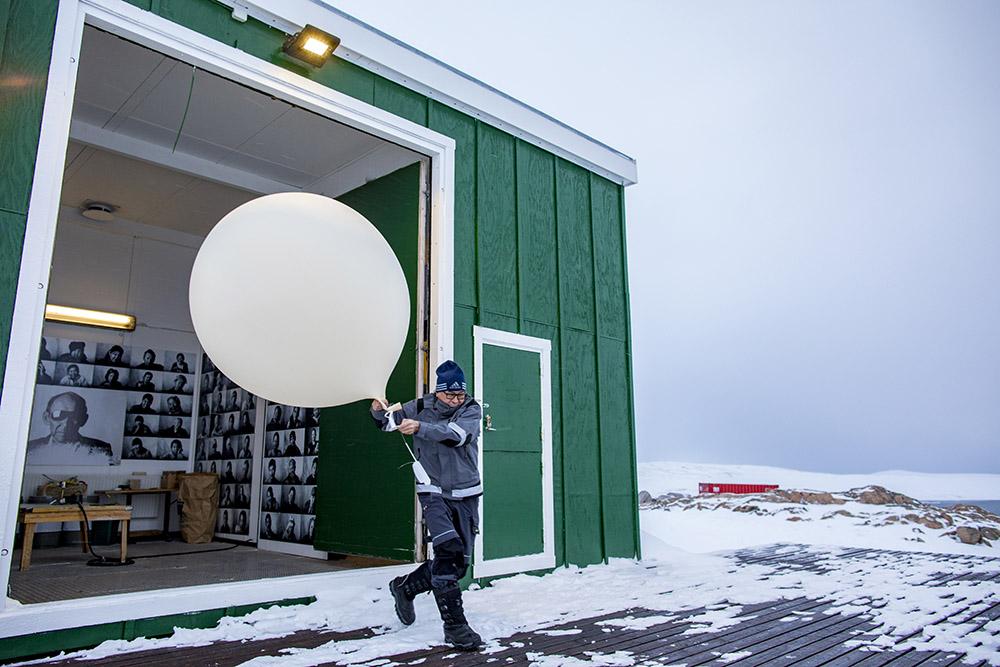
Torben Klose is the only full-time police officer in Ittoqqortoormiit. He responds to polar bear sightings and helps scare them away from the village.
But Torben’s main role is to look after the people.
“People here live a tough life. It’s a small community, it’s hard to get a proper education and you have to go away for this and for work.
The social support that you might receive elsewhere doesn't exist here so that kind of falls into police work. I'm the type that tries to help people to have a better life."
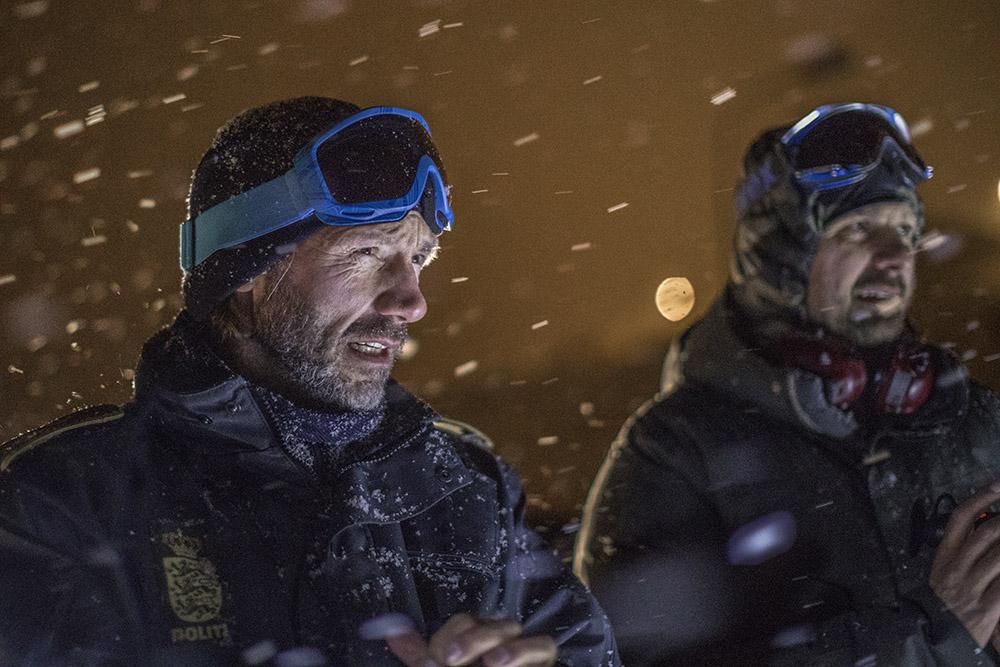
“The problem is, you may have a family who relies on the man hunting and if they’re arrested you have a family who are without income.”
Erling Madsen is the government Hunting Officer for Ittoqqortoormiit. He spends time with local hunters and villagers and explains why bears should be scared away - to protect this species for the future. He uses his knowledge of the area to help the local polar bear patrol.
“10 years ago we had sea ice, now there is none in summertime. And when the big ice goes, the polar bear comes.”
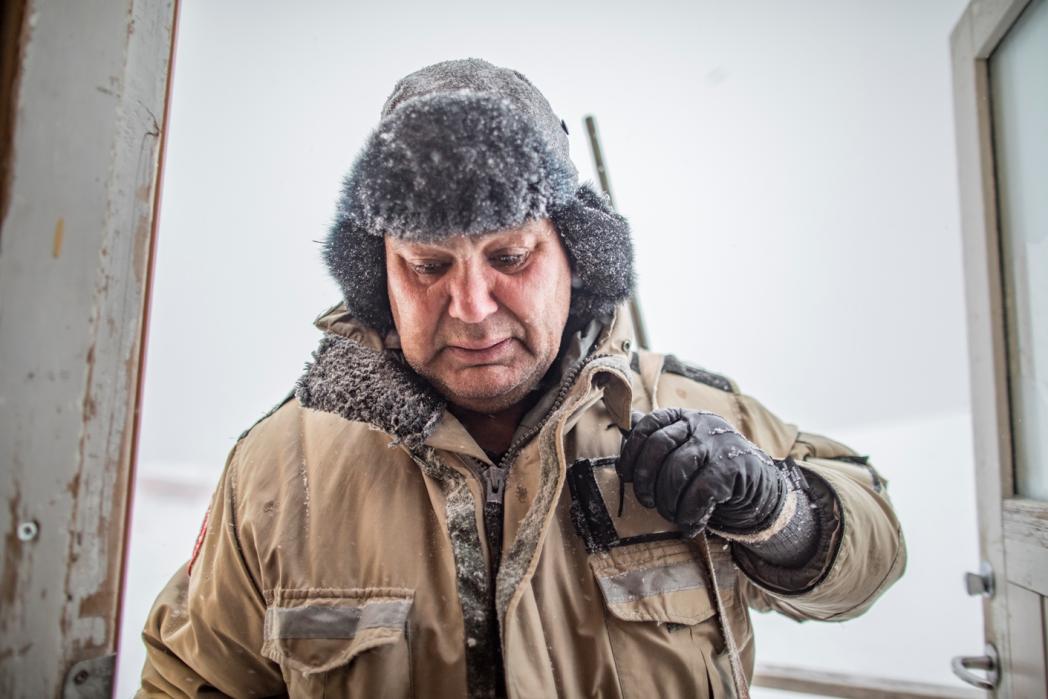
The patrol starts in darkness at 6am before the children go to school. Erling uses his torch to spot tracks and listens to the village dogs warning of a bear’s presence. It’s dangerous work.
With more polar bears entering the village, those that return more than four times and pose a significant threat may need to be killed. Because of the patrol, most can be scared away and never return.
“I’ve only had to shoot one bear this year. I'm very sad about it because I use many days to scare it away.
One night, I drove my snowmobile towards a bear I spotted on the coast, and about 40-50 metres from me it began to run at me very fast. I shot into the air with my rifle and tried to reload it again but the bear was still running and within 5 metres of me.
It was in the air to attack me. I shot it. I was very scared.”
FINDING SOLUTIONS AND EMPOWERING PEOPLE TO TAKE ACTION
WWF founded the polar bear patrol in Ittoqqortoormiit in 2015 to protect residents on their way to school or work, and to reduce the number of bears killed in self-defence.
We provide equipment and training for communities to run their own patrols. Teams go out on a quad bike or snowmobile to look for bears and scare them away with loud bangs from their rifles. Handheld thermal cameras help patrols detect bears in low visibility.
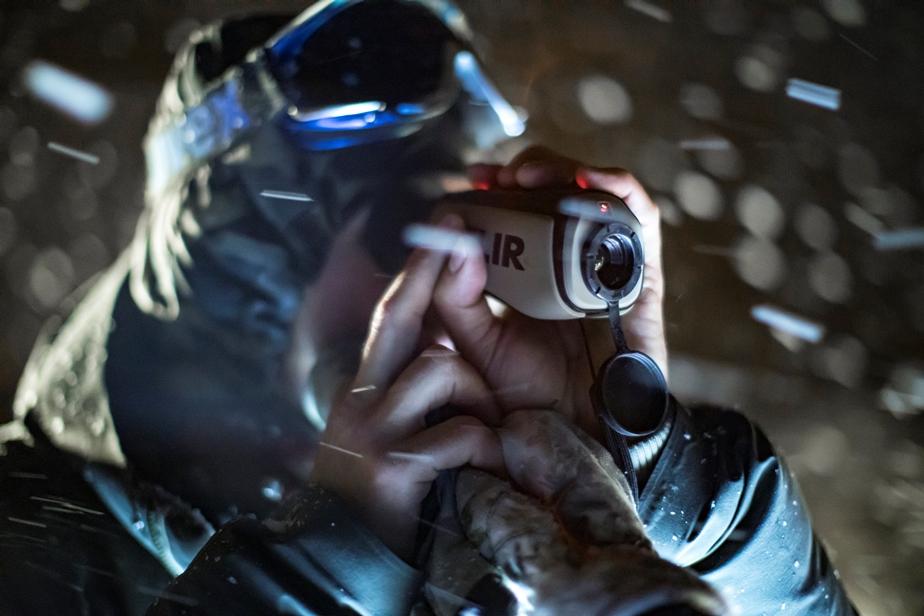
Kaare Winther Hansen, Project Manager at WWF, visits Ittoqqortoormiit to train the polar bear patrol.
In 2007, nine polar bear conflicts were registered in all of Greenland. But this number is increasing.
“In the three years since the polar bear patrol started, we’ve scared more than 75 bears away. Most of those would probably have been killed.”
Kaare gives all his new recruits the same advice: aim your gun high – upwards instead of over the polar bear – you want it to hear the loud noise, be scared and run away, not towards you.
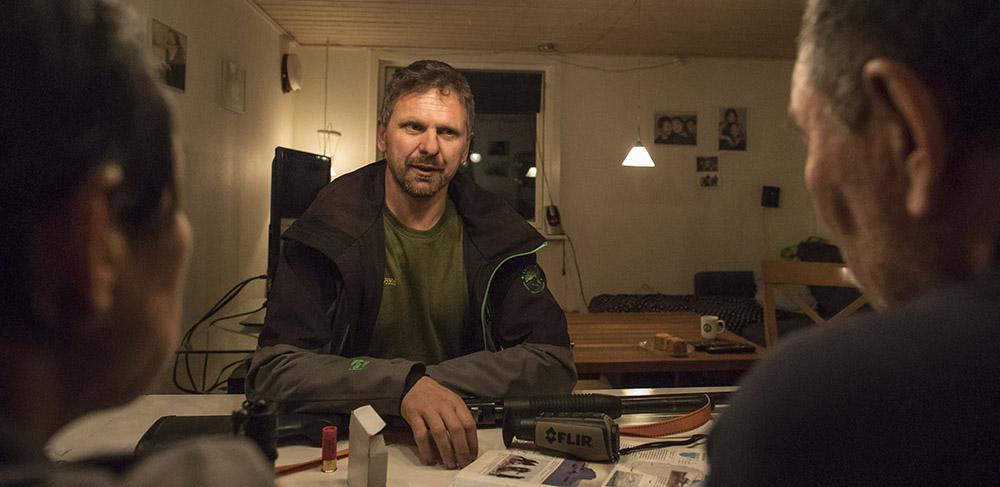
New technology is also joining the fight.Thermopile infrared sensors are being tested here, to determine their suitability and further develop them. They’re designed to detect a polar bear’s unique heat-shape, meaning bears can be spotted in dark, snowy conditions and at a greater distance than a traditional camera.
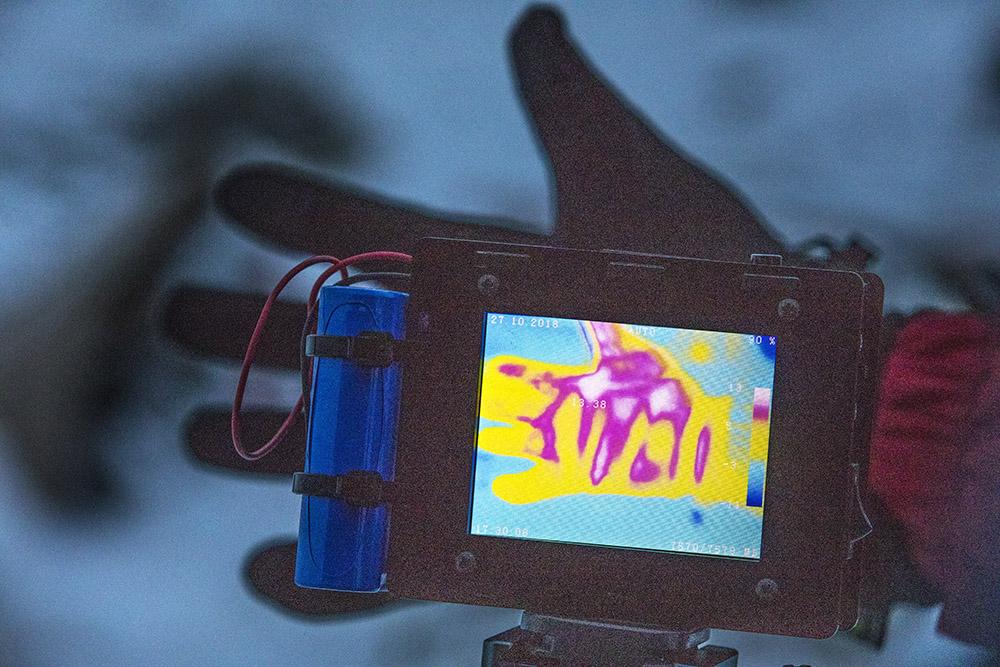
This technology is affordable, easy to set up, and power efficient. But most importantly, the sensors can send immediate text message alerts to the patrol, with details of the bear’s size, actions and direction of travel. This is an early warning system that has the potential to save lives.

WWF runs polar bear patrols in Greenland, Canada, Alaska and Russia. But this is a quick fix solution to a much greater problem – climate change.
“Receding sea ice makes polar bears come closer to the shore and closer to settlements. The big issue is climate change and we have to fight that.” - Kaare
WE’RE THE FIRST GENERATION TO KNOW WE’RE DESTROYING THE WORLD. AND WE’RE THE LAST THAT CAN DO ANYTHING ABOUT IT.
We should no longer talk about “the urgency” of tackling climate change. It’s an emergency.
The Arctic is warming at more than twice the rate of the rest of the world overall and has already lost half of its summer sea ice cover. Lack of sea ice means there’s less white surface to reflect the sun’s heat. Darker land and ocean absorb heat and increase global temperatures.
Large amounts of carbon are stored under frozen ocean and land – when released into the atmosphere, they add to the “greenhouse effect”.
Melting land ice means sea levels rise, causing more than just flooding – it can harm homes, businesses, freshwater sources, farming, habitats, and more. It’s a very real threat that will worsen if we don’t act.
WHAT HAPPENS IN THE ARCTIC, DOESN’T STAY IN THE ARCTIC
The Arctic may seem a faraway land, but Scotland is its closest neighbour.
“We are waking a sleeping giant as a result of climate change. What happens in the Arctic doesn't stay in the Arctic. It's on the UK’s doorstep and it affects us all.” Rod Downie, Chief Polar Advisor, WWF
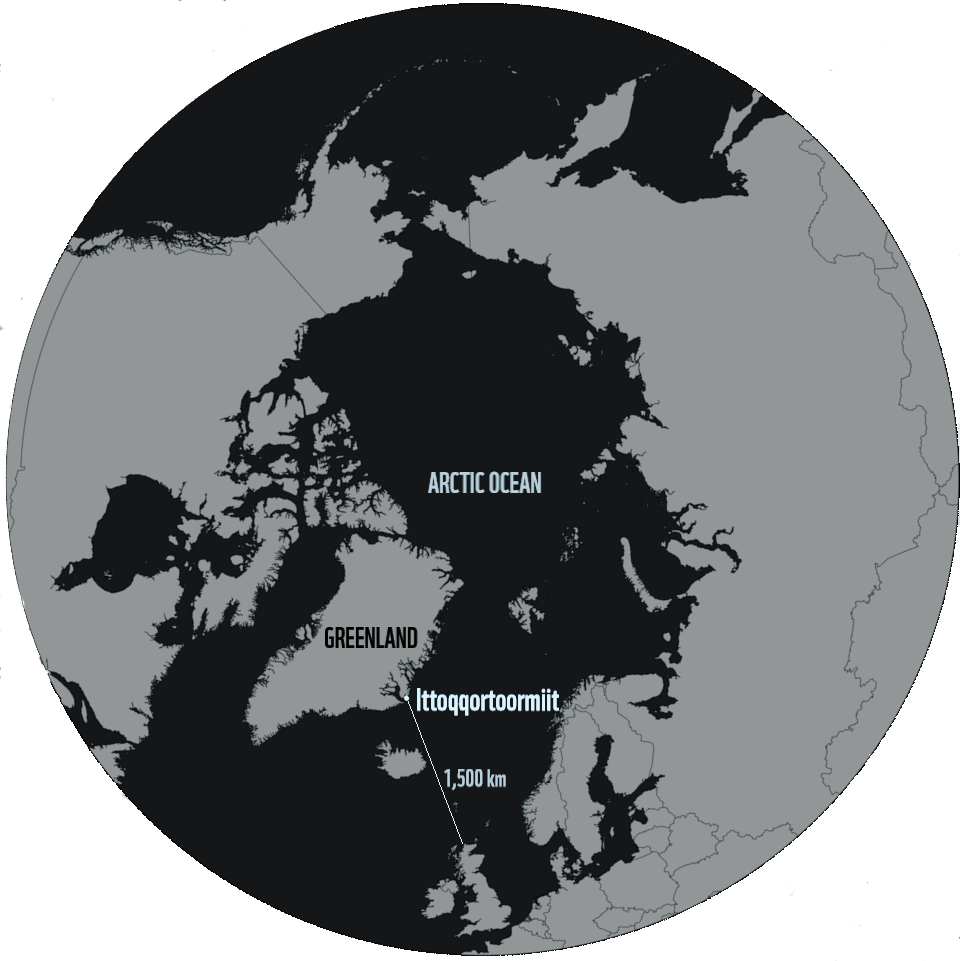
Climate change poses a huge threat to our future. If we lose the battle to stabilise the polar regions, people and nature around the planet will suffer. There could be increased water shortages, changes in food production, and more extreme weather events – from flooding to droughts.
But together we can fix this.
We must tackle climate change head on and stay below 1.5°C warming to prevent catastrophic effects for future generations.
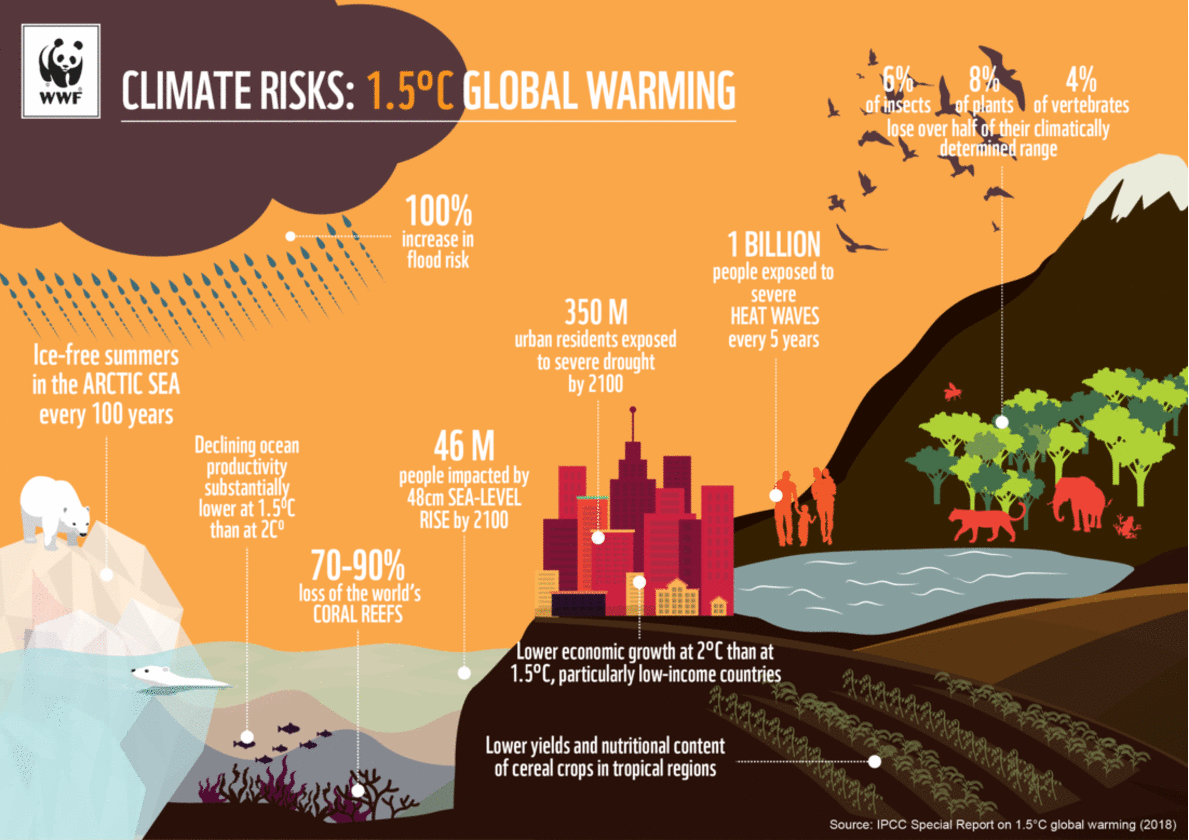
We must halve carbon emissions in the UK in the next decade and achieve “net-zero carbon emissions” before 2050. This means that for all the carbon we release, an equivalent amount will be absorbed, or reduced elsewhere.
To halt climate change, we’ll hold governments, businesses and the financial sector to account. We’ll push for sustainable energy sources. We’ll protect “carbon sinks” - spaces that absorb a huge amount of carbon, like the Amazon rainforest. We’ll safeguard places that are more resilient to climate change, like the Last Ice Area, which should have summer sea ice when it's melted in the rest of the Arctic. And we’ll overhaul the food system: a huge carbon emitter.
Most importantly, we’ll work with people like you, who want to fight for our world.
We can choose to stop the destruction of our planet
After reading this, you can make a choice. Climate change is driven by us, but it can be fixed by us. All of us.
We all need to make a choice and reduce our impact on the planet.
So, are you for our world, or against it?
Thank you for supporting WWF
All images © James Morgan/ WWF, except "Polar Bear and her Cubs": © NaturePL.com/ Steven Kazlowski / WWF
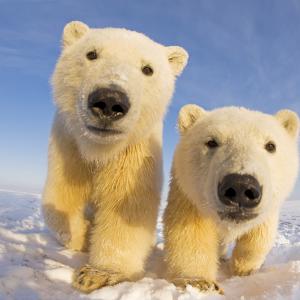 Polar bear: a powerful predator on ice
Polar bear: a powerful predator on ice
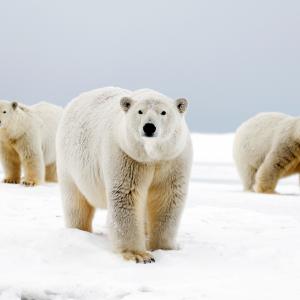 Top 10 facts about polar bears
Top 10 facts about polar bears